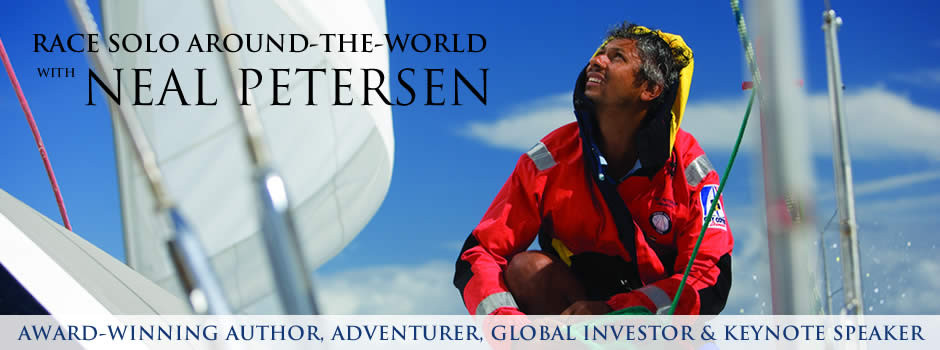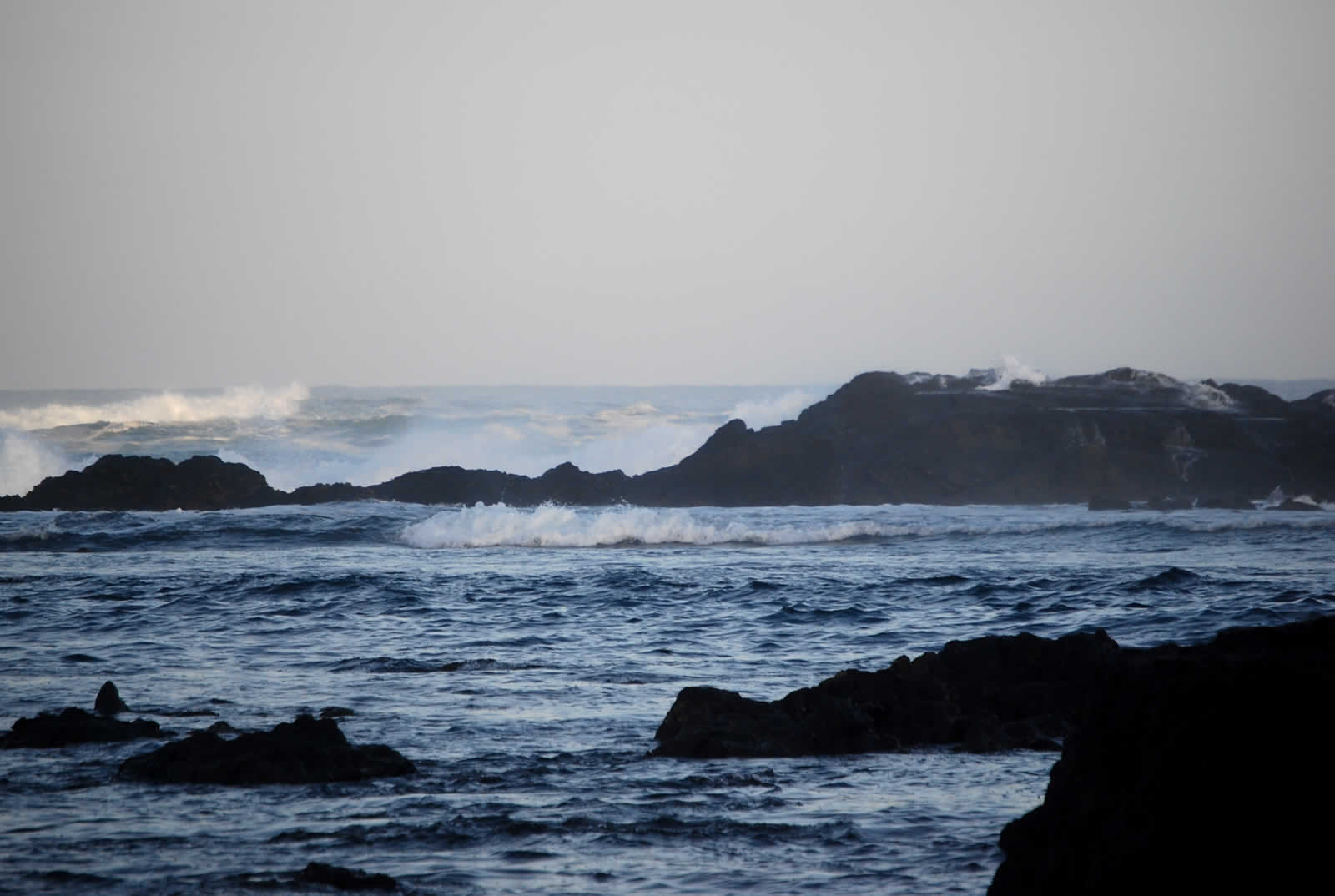Neal/Ralph
I came across this on the BCG alumni website (I am an alumni from
firm
would be details of his trip chronicled some place.
Hope all’s well at your end
Best regards,
Harsh
Living the Dream on the Open Seas
Jost Stollmann and His Family Complete a Two-Year Sailing Adventure
Jost Stollmann’s idea to spend two years at sea aboard a custom-built yacht began as just a dream. It then evolved into five years of meticulous planning before Jost, his wife, Fiona, and their five children made the dream a reality and set sail in 2002.
For the next two years, the family experienced a nonstop series of once-in-a-lifetime moments during an open-seas voyage to some of the world’s most exotic locations. “Somewhere the idea was born that we should do something exceptional with our children,” said Jost, who worked in BCG’s Munich office from 1979 to1982. “That, combined with our love for the water and sailing, led us to the idea of using a sailboat as a platform to discover a world that is beyond the normal reach.”
The world they ended up seeing was far off the typical tourist route. Rather than looking for resort locations to dock the 130-foot yacht, Jost and his crew found remote islands and made friends with villagers and tribal chiefs in order to experience what life is truly like in different cultures.
Typically, they stayed seven to ten days at each stop. On the island of Tanna in Vanuatu, they saw how people lived in the shadow of an active volcano. In Myanmar, they witnessed the plight of teenage girls who were forced to labor building the nation’s highways.
They also saw the true beauty of the outer Polynesian islands and the wonder of the untouched animal kingdom on islands off the coast of
Jost Stollmann’s idea to spend two years at sea aboard a custom-built yacht began as just a dream. It then evolved into five years of meticulous planning before Jost, his wife, Fiona, and their five children made the dream a reality and set sail in 2002.
For the next two years, the family experienced a nonstop series of once-in-a-lifetime moments during an open-seas voyage to some of the world’s most exotic locations. “Somewhere the idea was born that we should do something exceptional with our children,” said Jost, who worked in BCG’s Munich office from 1979 to1982. “That, combined with our love for the water and sailing, led us to the idea of using a sailboat as a platform to discover a world that is beyond the normal reach.”
The world they ended up seeing was far off the typical tourist route. Rather than looking for resort locations to dock the 130-foot yacht, Jost and his crew found remote islands and made friends with villagers and tribal chiefs in order to experience what life is truly like in different cultures.
Typically, they stayed seven to ten days at each stop. On the island of Tanna in Vanuatu, they saw how people lived in the shadow of an active volcano. In Myanmar, they witnessed the plight of teenage girls who were forced to labor building the nation’s highways.
They also saw the true beauty of the outer Polynesian islands and the wonder of the untouched animal kingdom on islands off the coast of Madagascar. “To see pure, unspoiled nature-that’s hard to come by,” Jost said. Those encounters made the trip a truly educational voyage for everyone involved, but especially for Jost’s children. Part of the five-year planning process was to organize the education of the children and determine how such experiences could be worked into their curriculum at sea. Finding teachers actually proved to be the most difficult part of the education planning. “One would have thought it would be a dream for a young teacher to spend two years with five bright children and pursue his or her idea of what a good education should be,” Jost said. “We had to do a year and a half of recruiting. It was difficult to get them to leave what they had at home-their families and their jobs. We finally found three teachers, but it was a bit of a problem.”
The Stollmanns also had to plan for health care and security, both of which were of the utmost importance, considering the type of places they planned to visit. Jost studied vaccination and disease prevention for a year before the family set sail, and he hired two personal-protection staff members who were also trained as paramedics for the trip.
Additionally, he worked with Germany’s aerospace agency to research medicinal needs and had a small intensive-care unit built on the yacht.
The vessel also featured two satellites that enabled the crew to contact a team of South African doctors when necessary. That level of planning proved to be a wise decision, as there were a few accidents on the boat during the trip, including the near drowning of a crew member while diving.
Security concerns during the trip were minimal, mainly because the route had been planned to avoid areas of risk. “I spent about a year and a half reading sailing travel literature and pilot books,” Jost said. “By the time we set sail, we had a very detailed plan with daily entries on where we would be going. It was difficult because sometimes there is no literature for traveling beyond the tourist areas, but if something is not in the standard literature, then it becomes interesting.
“Much of our travel was in areas that are extremely remote. I was using charts from His Majesty’s Ships surveys done in the previous centuries. We did have two times when we grounded the boat on islands and reefs that were not on the charts.
“Luckily, the yacht sustained no major damage during the voyage, even though the travel route was occasionally adjusted to find some of the most remote and untouched places the Stollmanns could reach. “We wanted to find places that were authentic, and where we could stay a little longer so we could connect with the community,” Jost said.
Getting the chance to experience different cultures for an extended period was an invaluable experience for everyone on the trip. As Jost noted, there is quite a difference between reading a description of a volcano in a textbook and experiencing an eruption firsthand in Vanuatu. “It’s amazing to go into a village and see how people live in the mountains with only a machete, or to see the forced labor in Myanmar,” Jost said. “It’s living, and you get to see it up close. It’s the intensity of being there with the people.”
“We were the only visitors of the year in some of these places. When we would appear on these islands, life would stop for the people there. The people are so different. Everything that is important to us is not important to them. We’re talking about people for whom a coconut shell, not an iPod or a computer game, is a toy.”
Despite the numerous challenges and the complex planning involved in the journey, Jost said it was all worthwhile. And although many factors have to come together to make such a journey possible, Jost said anyone who has a chance to do something similar should do whatever they can to make it happen.
“The perception is that this could be a wonderful experience, if only they could do it. I would like people who have the opportunity to do something so intense with their children to do it,” he said. “It’s very gratifying. To have two years to live such an adventure together as a family is a great thing.
“After two years, we felt like it was an Olympic project and thought, ‘We’ve done it! We’ve really achieved something.’ After having this experience, I would encourage people to live their dreams and not just keep dreaming them.”

